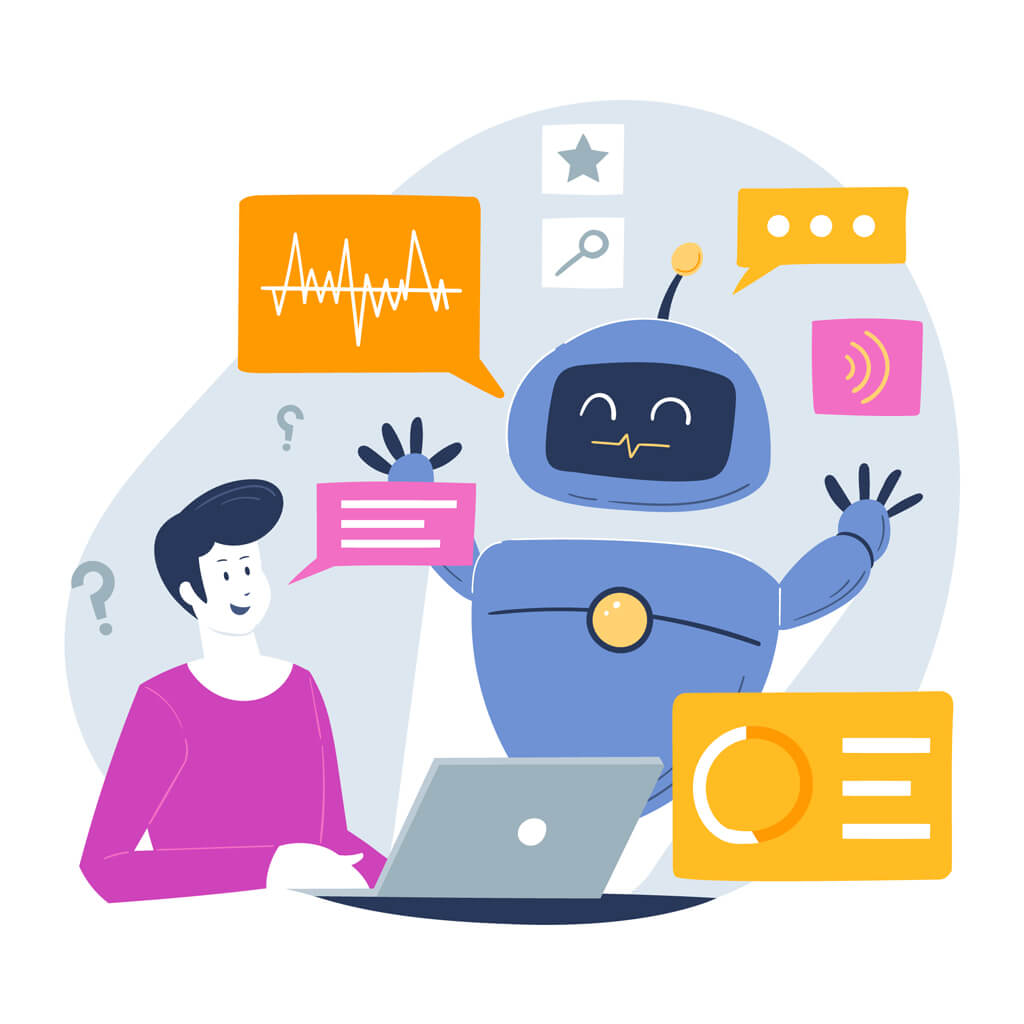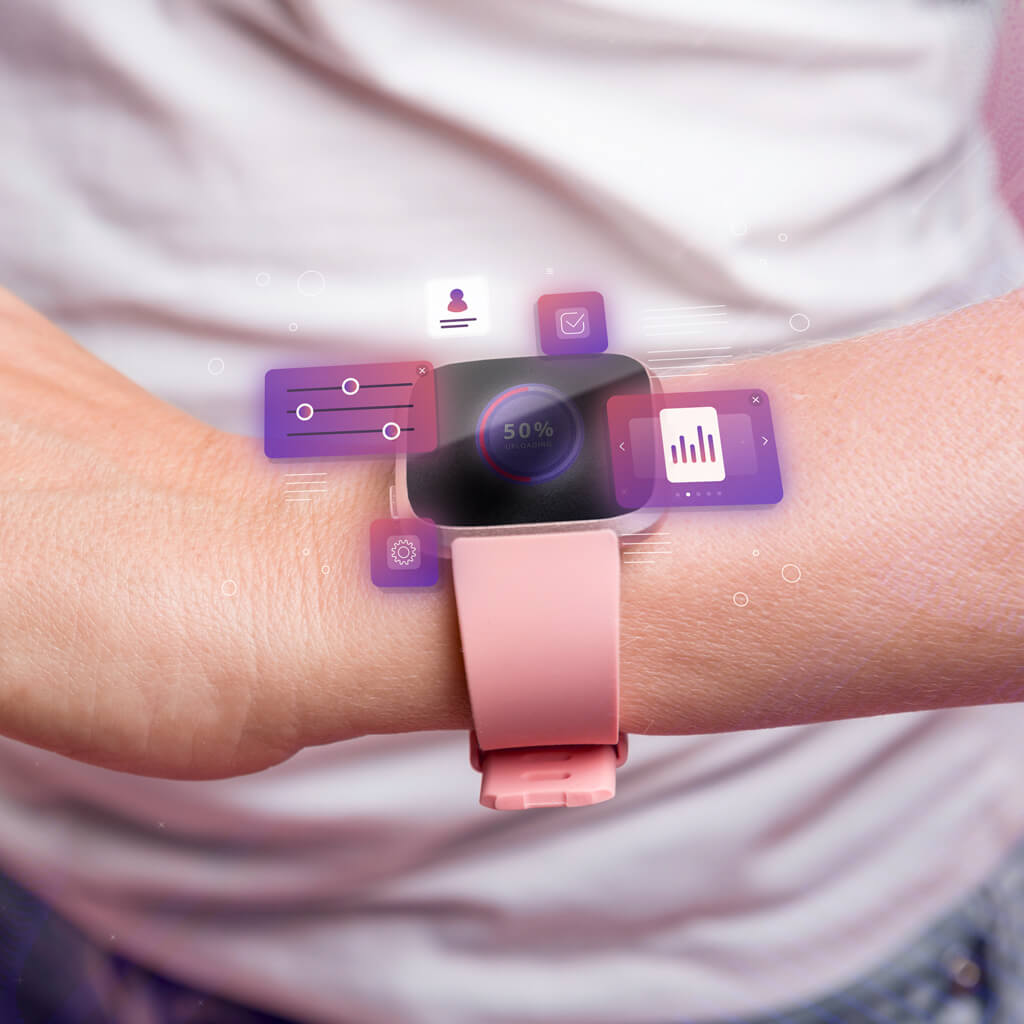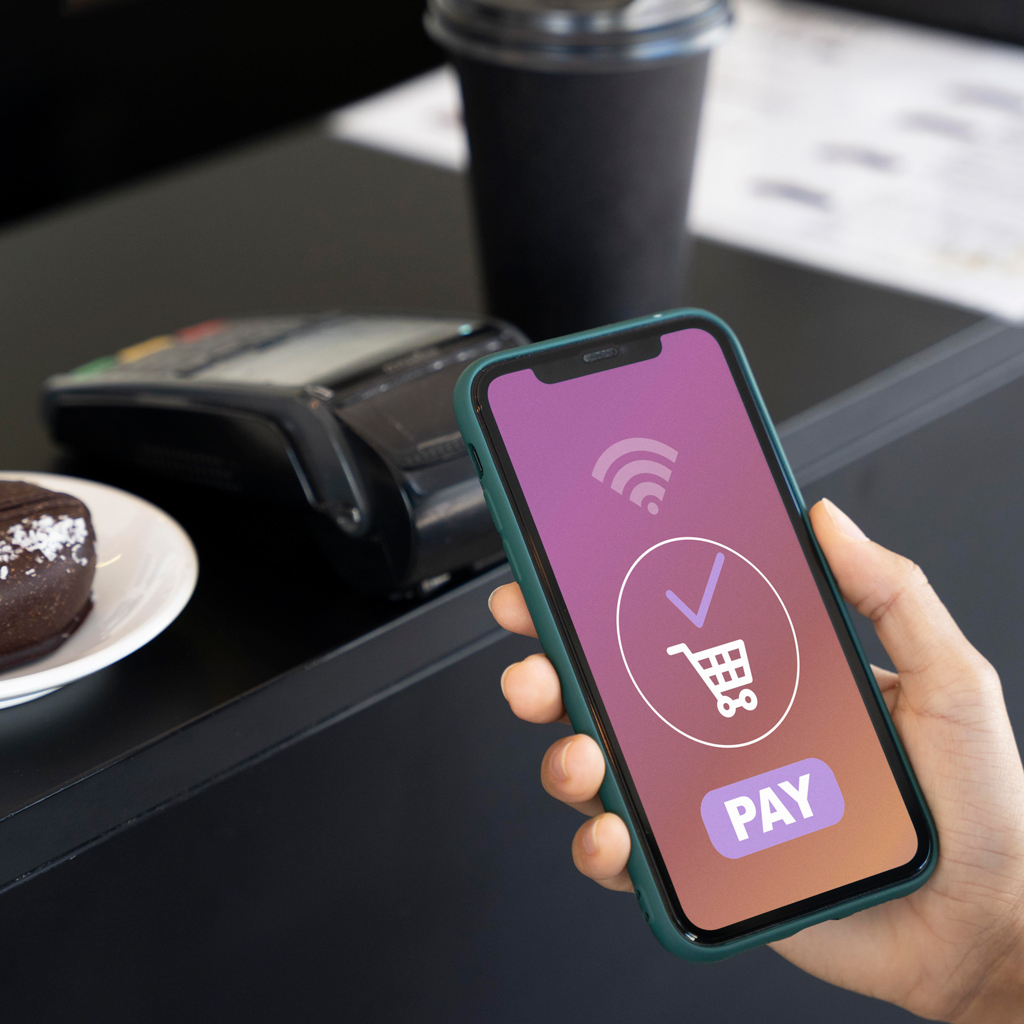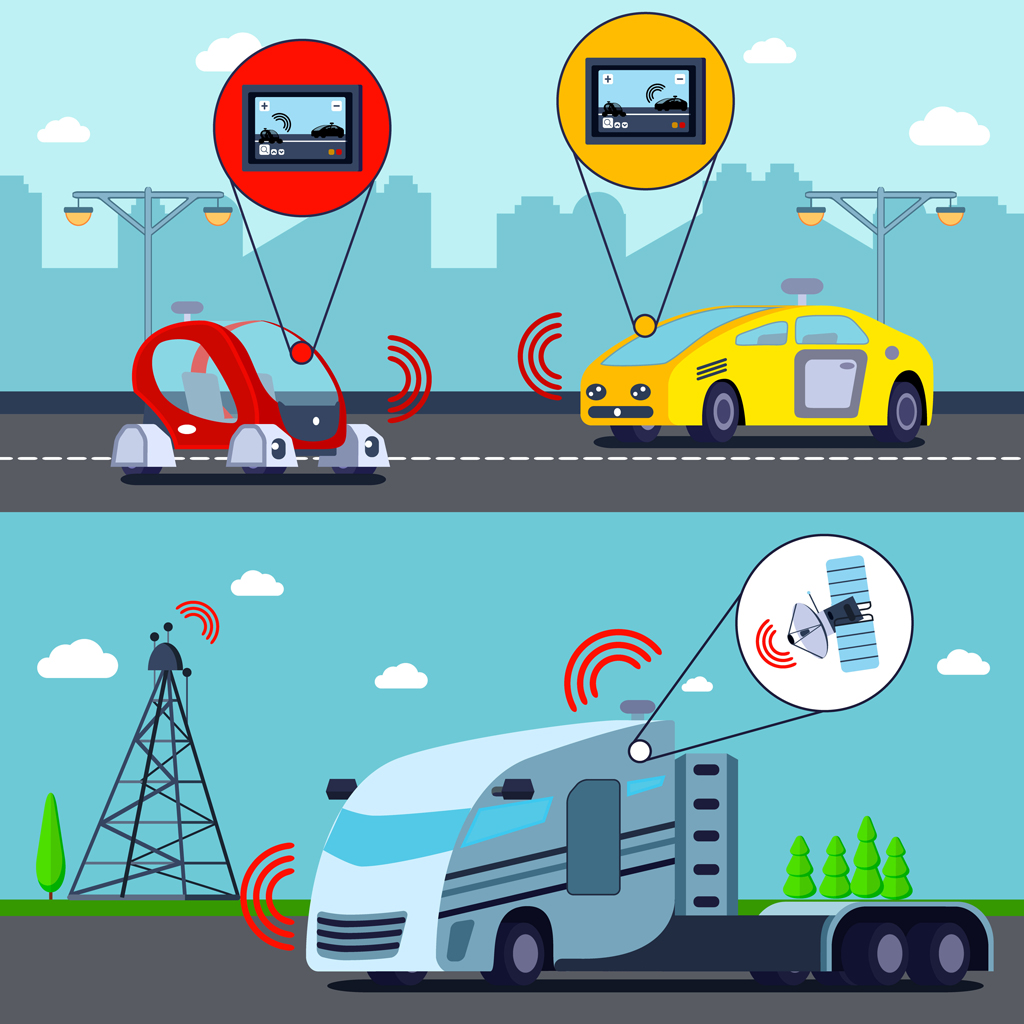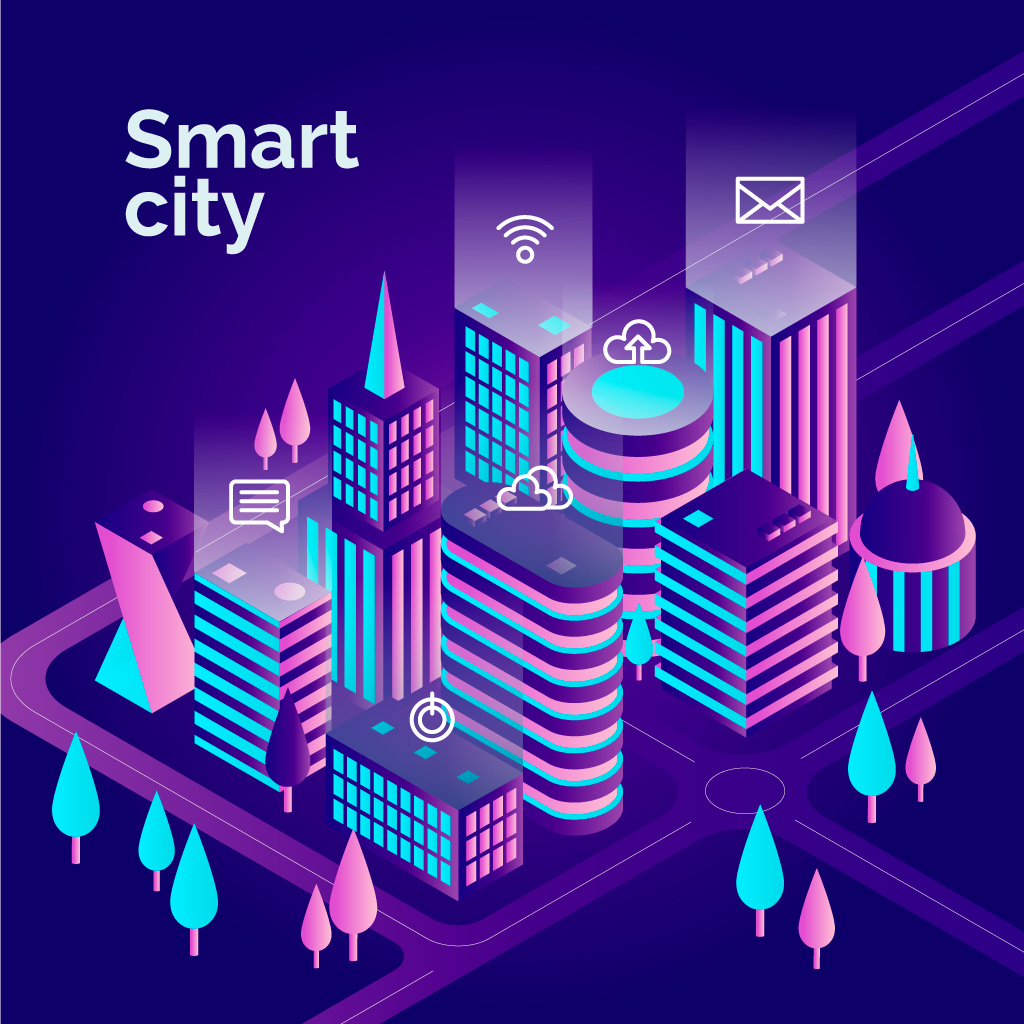Understanding AI Assistants: Siri vs. Alexa vs. Google Assistant
The world of artificial intelligence (AI) is ever-evolving, and one of the most prominent examples of this technology in our daily lives is the AI assistant. With the popularity of smart devices and voice-activated systems, the big three tech companies – Apple, Amazon, and Google – have been locked in a battle to create the […]
Understanding AI Assistants: Siri vs. Alexa vs. Google Assistant Read More »
